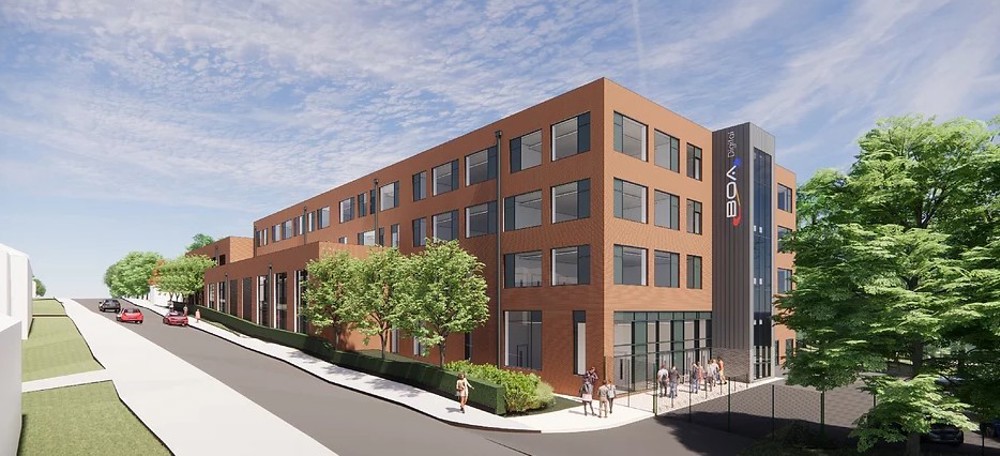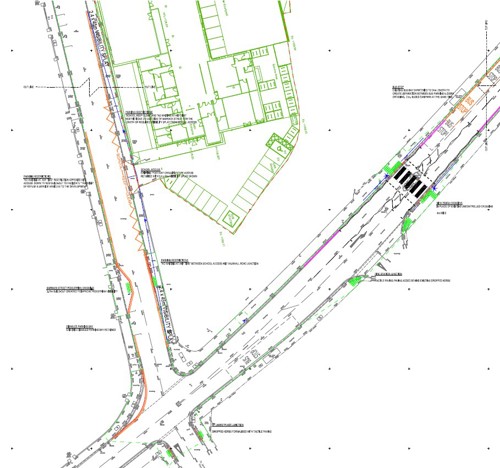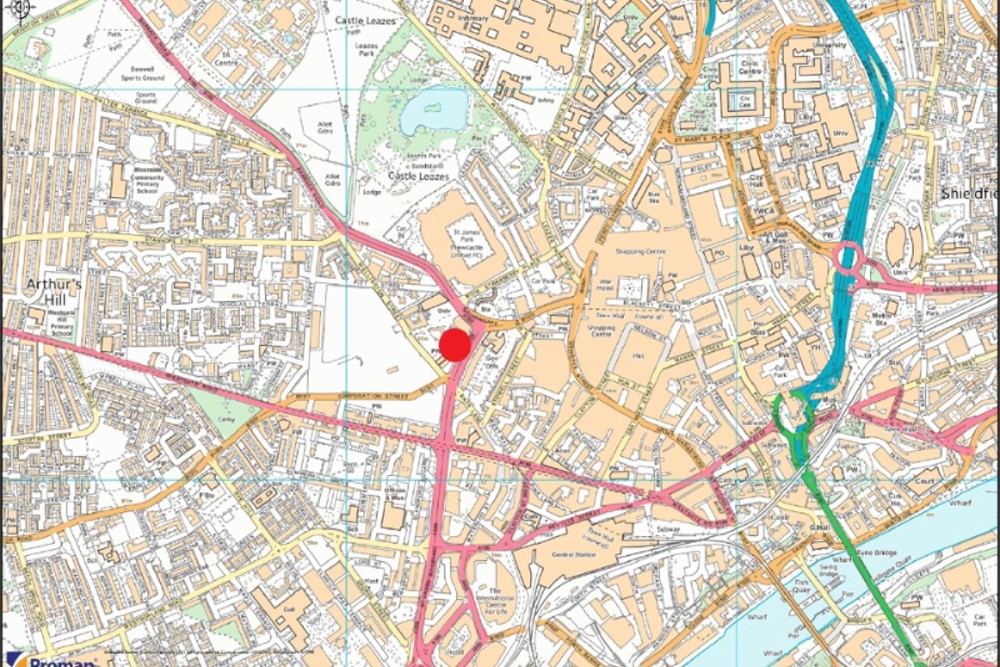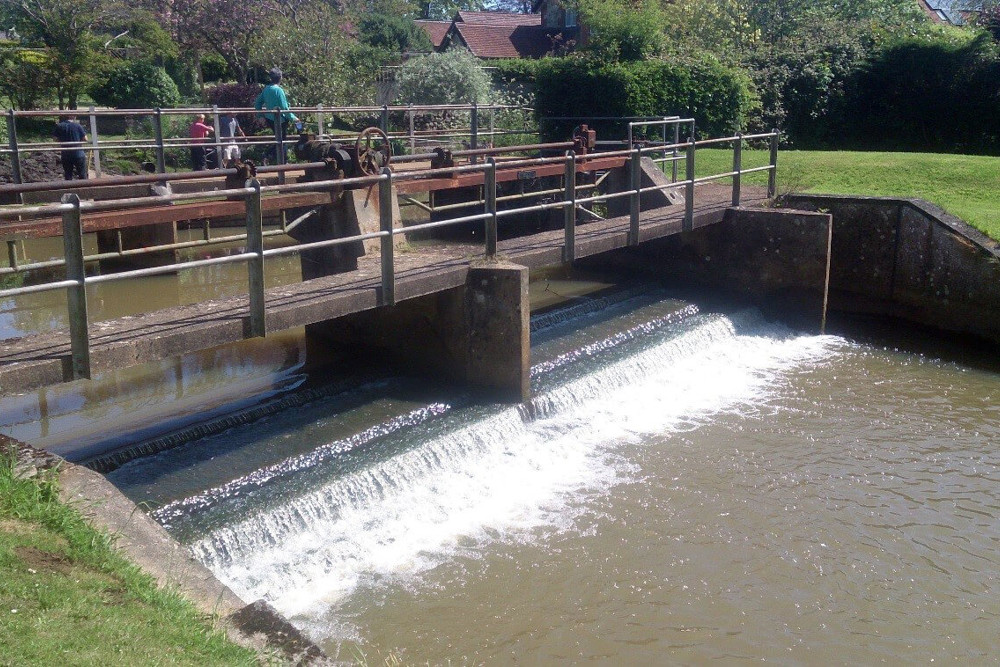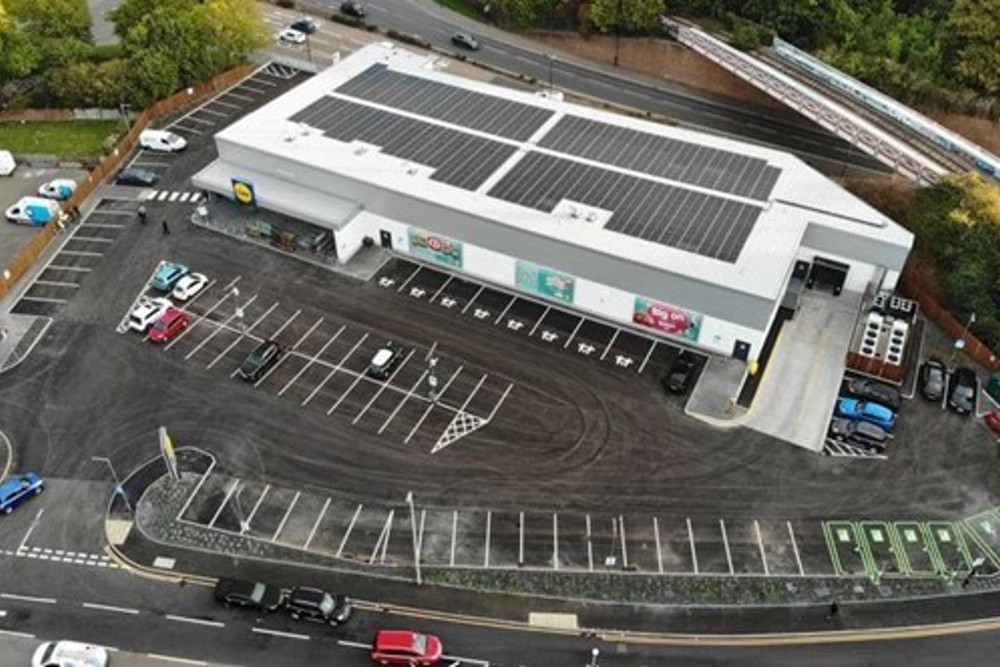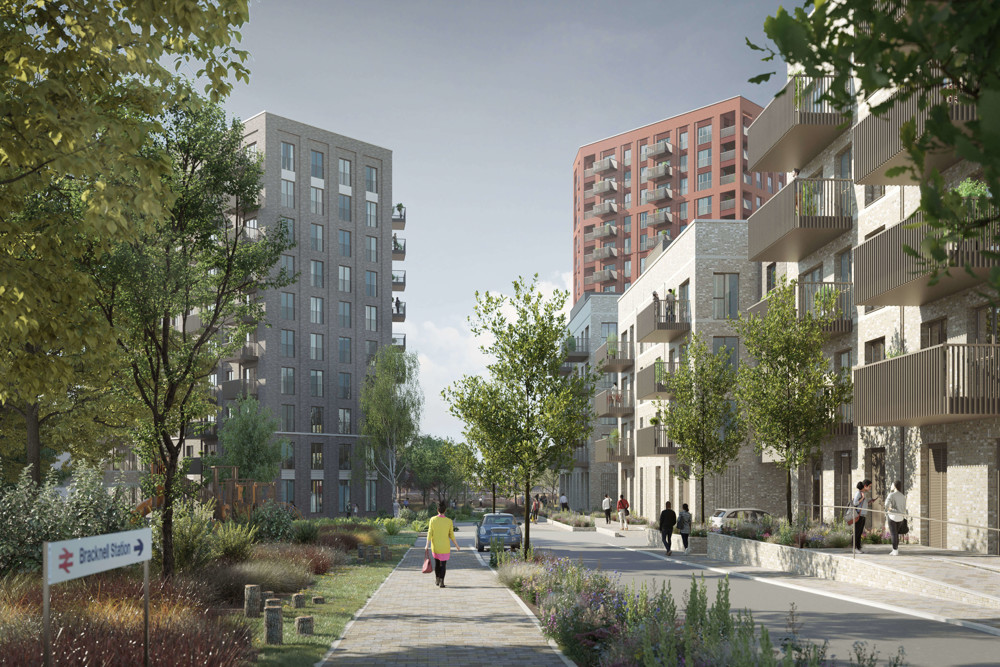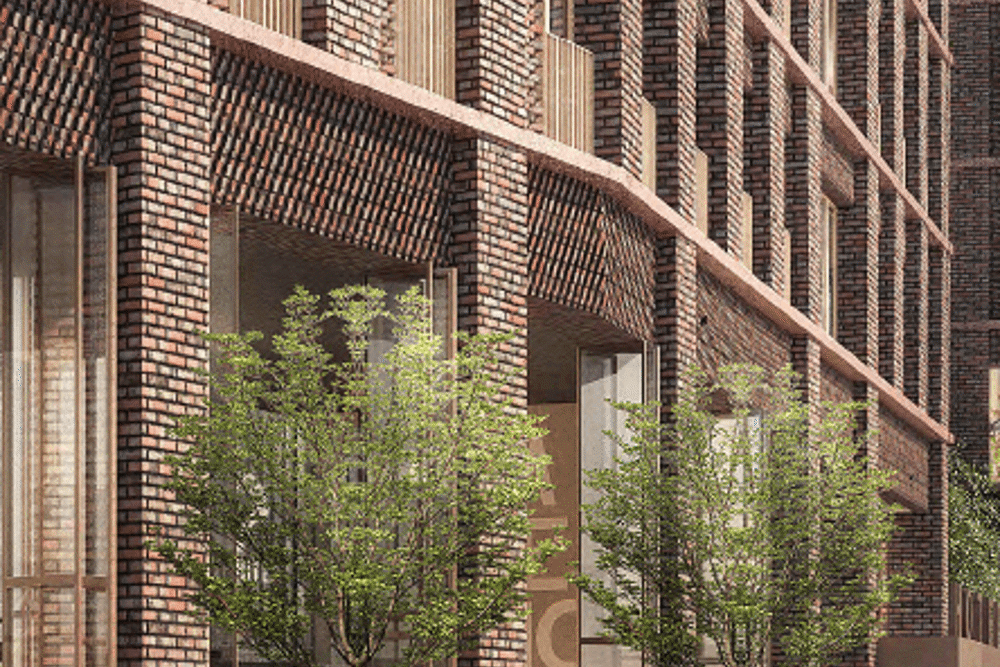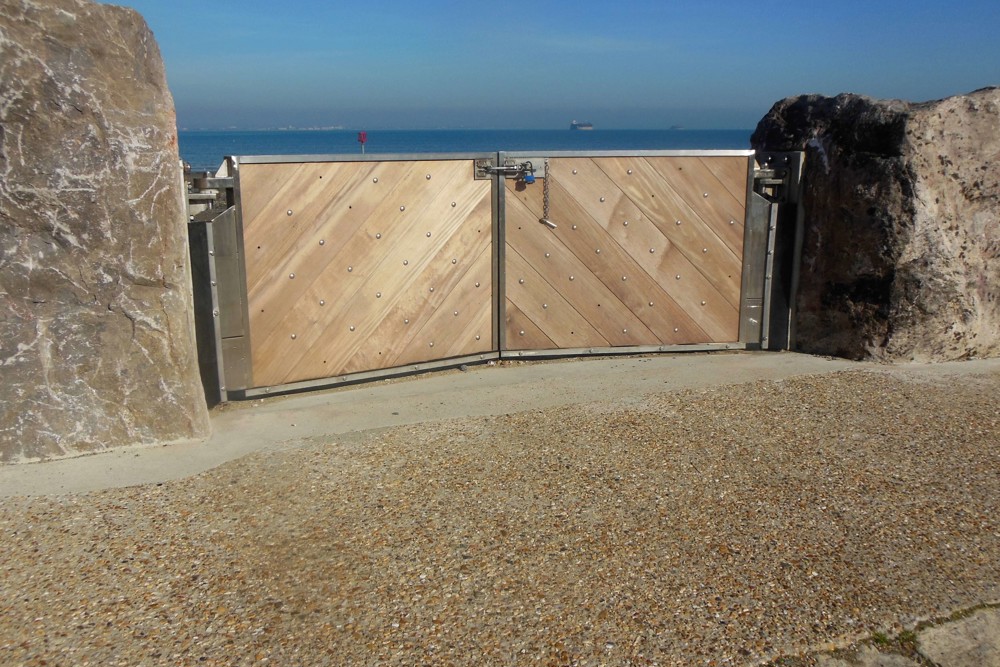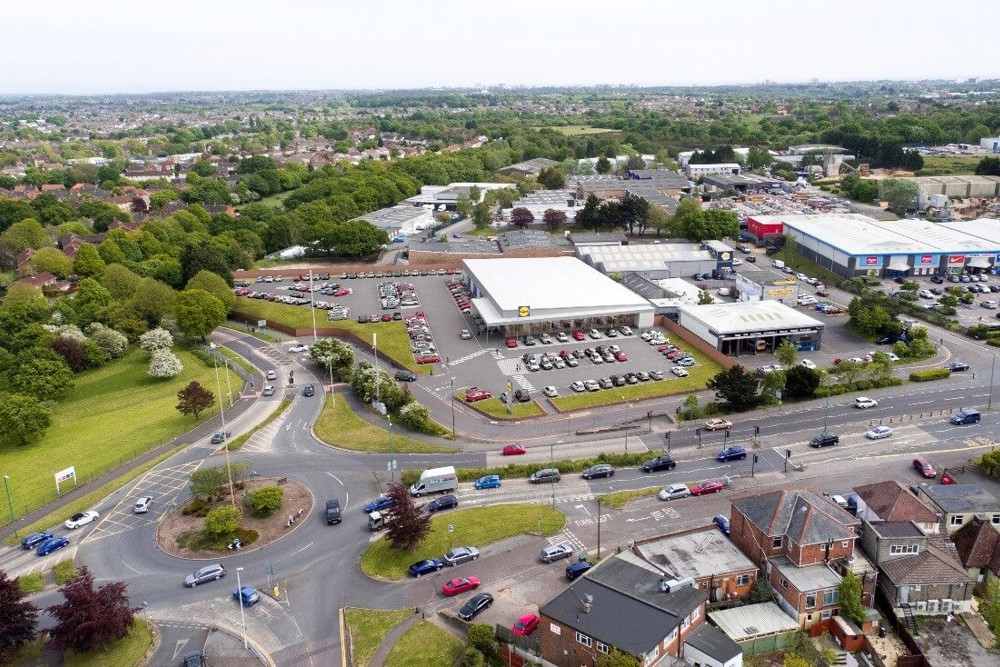It was therefore devised that the scheme would be supported by changes to parking restrictions on Barrack Street and in the local area, to only permit resident parking, and to create zones for picking up and dropping off pupils at the start and end of the school day. These changes were discussed at length with Birmingham City Council and demonstrated to have a benefit for the local residents, who are currently impacted by unrestricted commuter parking. This was all set out and assessed in detail in a Transport Assessment, which supported the successful planning application.
School Travel Plan and Highway Measures
We also produced a School Travel Plan for the scheme, which echoed many of the policies and lessons learned at the existing BOA facility. This plan was devised to meet the requirement of Modeshift STARS, a national scheme that encourages schools to join a major effort to increase levels of sustainable and active travel, and a requirement of Birmingham City Council’s ‘young active travel initiative’.
Following grant of planning approval, our Infrastructure Design team developed a package of highway measures required to facilitate the development and benefit it’s users.
These included: alterations to formalise the development access points; provision of safe places for students to cross local roads by way of introducing both uncontrolled and controlled (zebra) crossings; amendments to bus stop locations; adjustments to kerbed radii at local junctions; alterations to parking restrictions.
Crucial to the delivery of the scheme was the precise placement of a new zebra crossing, which needed to be sited on the pedestrian “desire-line” without compromising the safety of pedestrians with regard to visibility to / from a pair of existing bus stops and an existing access junction serving a fire station.
By ensuring that Birmingham City Council and Local Bus Operators were consulted on the proposals and by following a process of Road Safety Auditing, a suitable solution was found which satisfied the requirements of all interested parties.
Also key to the development operating without detriment to the highway network is a series of alterations to parking restrictions outside the development. Mayer Brown liaised with Birmingham City Council to agree the introduction of “School Keep Clear” and “No Waiting at Any Time” restrictions, which were advertised to the public via a Traffic Regulation Order (TRO) process, before being permitted to be installed and becoming enforceable.
For further information or to discuss your project with our team of experts, contact us today.
